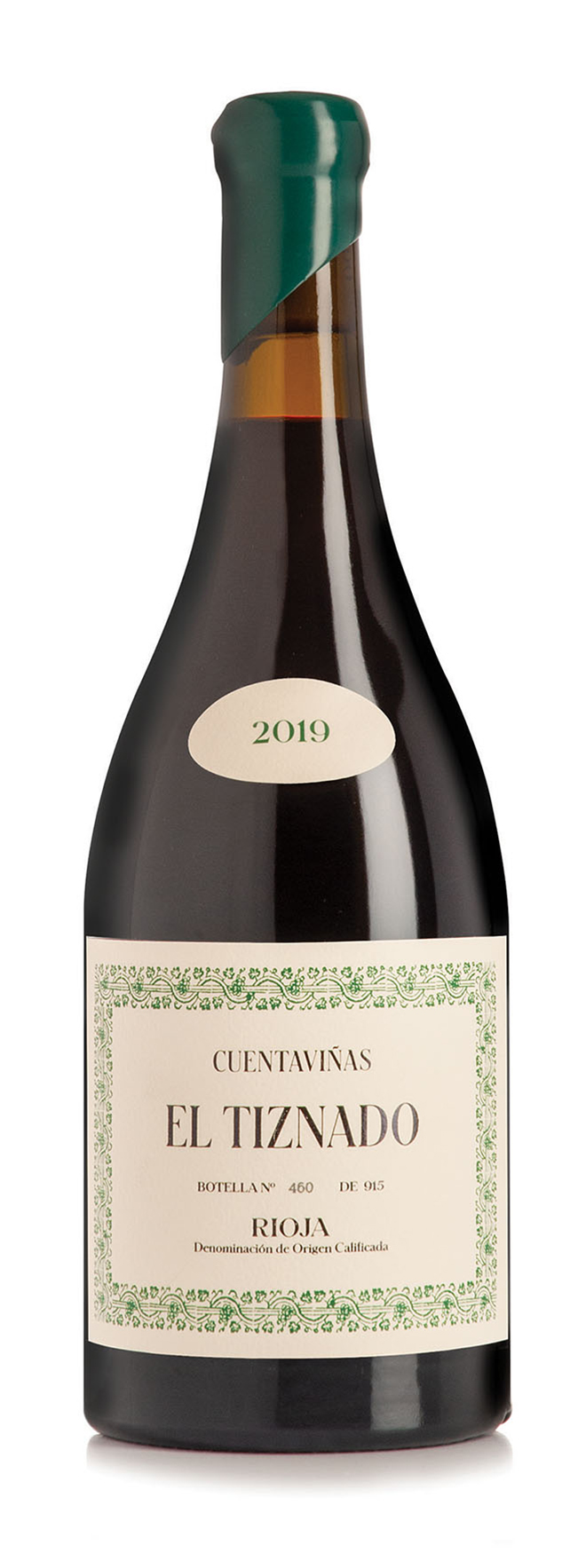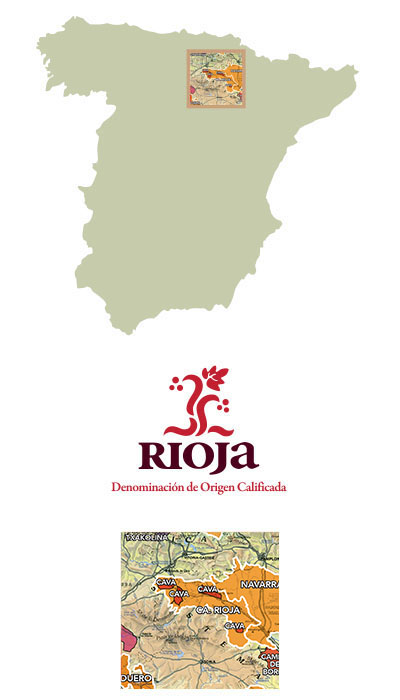Cuentaviñas
El Tiznado




Downloads
Bottleshot - Shelftalker-2018-Dunnuck.pdf - Shelftalker-2018-Vinous.pdf - Shelftalker-2019-Dunnuck.pdf - Shelftalker-2019-Suckling.pdf - Shelftalker-2020-Suckling.pdf - Shelftalker-2020-WineEnthusiast.pdf2021 Vintage
95pts

2021 Vintage
94pts

2020 Vintage
96pts

Denominacion de Origen
D.O.Ca. Rioja
Location
North-eastern San Vicente de la Sonsierra, on the border with Ábalos
Varietal
100% Tempranillo
Vineyards
El Hoyo
Year(s) Planted
1923
Viticulture
Practicing organic viticulture. Goblet-trained, south-west facing orientation in the upper region of San Vicente de la Sonsierra, in the foothills of the Sierra Cantabria mountain range. Due to the small size of the project, all viticultural duties including pruning, leaf pulling, plowing by horse, selecting cover crops, and digging soil pits are all carried out by Eduardo.
Soils
Unlike many of the other sites in San Vicente, which are clay based, El Hoyo is planted on sandy soils, which results from the decomposition of the sandstone mother rock. The sandy-clay soils are a deep red color, resulting from a high concentration of oxidized iron.
Climate
Continental with strong Atlantic in#uence and moderated by the Sierra Cantabria mountain range.
Winemaking
The grapes undergo rigorous double-manual sorting, both before and after destemming. The whole berries ferment spontaneously in 3,000L French oak vats, with very gentle extraction via pigeage. Total maceration lasts around 20 days. Gentle pressing in a vertical basket press. Late malolactic fermentation (May-June) in new 228L French barrique.
Aging
18 months in 500-litre barrels and 3 months in bottle in an 18th-century underground cave. Due to the low temperatures and high humidity, the rate of oxidation is reduced allowing Eduardo to work with low levels of SO2.
Comments
El Hoyo is one of the most unique sites in San Vicente de la Sonsierra. Due to the mass uprooting and commercialization of Rioja viticulture in the second half of the 20th century, 100+ year old vineyards of Tempranillo are hard to come by in Rioja. El Hoyo is planted to a diverse selection of Tempranillo clones, and plants in the vineyard even demonstrate ampelographic and phenotypic characters of Tinta de Toro. "El Tiznado” represents an atypical soil in the area due to its colour, since it is uncommon to find sandy soils stained (“tiznados” in Spanish) red by a high content of oxidized iron. This poor soil imbues the wine with a blacker fruit character and an imposing and balanced structure.